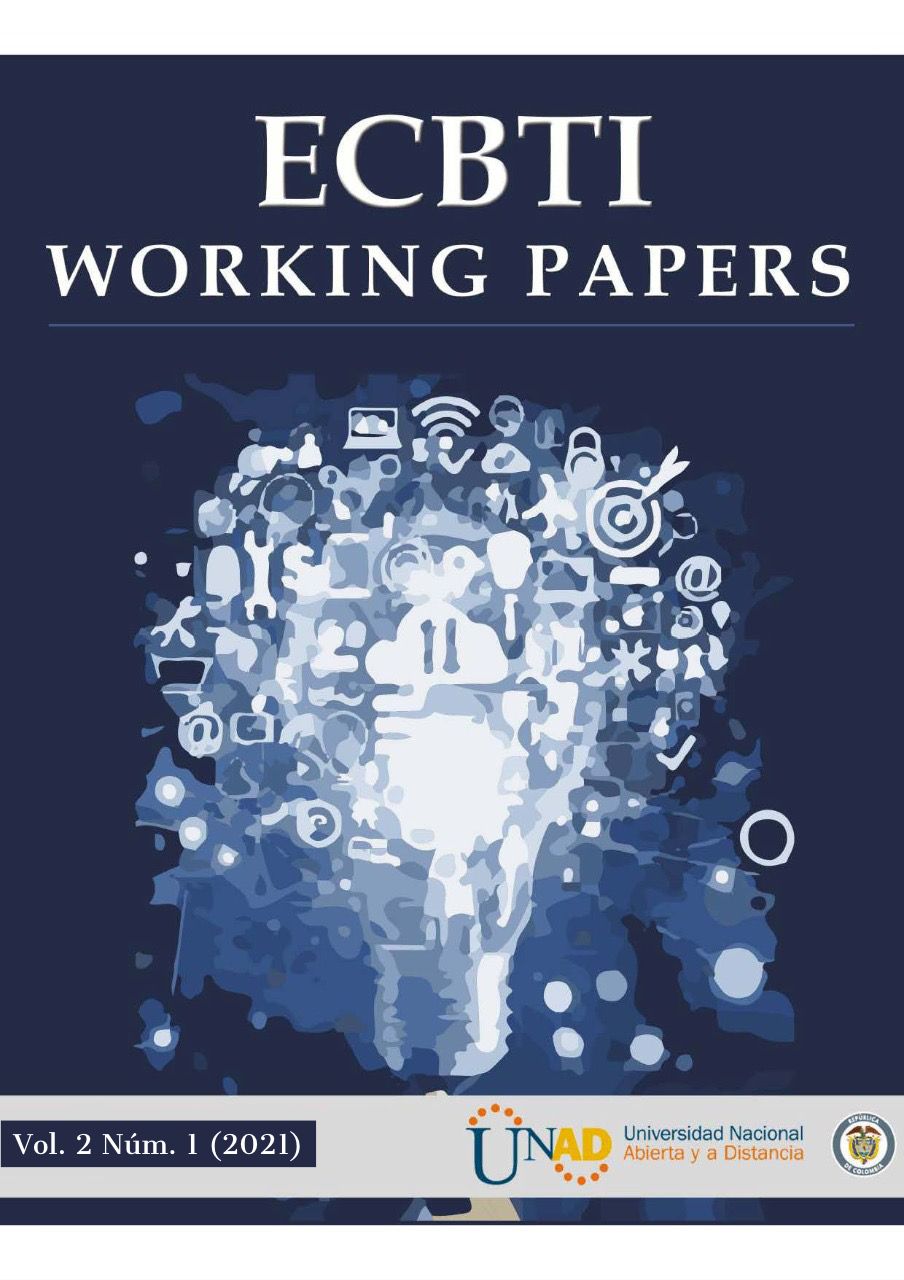Copyright (c) 2021 Documentos de Trabajo ECBTI

This work is licensed under a Creative Commons Attribution-NonCommercial-ShareAlike 4.0 International License.
Use And Appropriation Of Aws Welding Codes And Standards: Technical Training Proposal For Its Application In The Metalmechanical Industry
A proposal is presented that is aimed at students of technical and technological training programs in the area of welding and related, from the training scenario, which seeks to integrate the performance of students of technical institutions with the real needs of the industry, through the implementation of training projects for the elaboration and qualification of welding procedures, under the pedagogical model based on competencies and using the project learning strategy. The impact of the project is reflected in the metalworking sector, by forming the human resource with the skills required to facilitate management in its metal product manufacturing processes, exercising effective quality control, through supervision, inspection, qualification of procedures for welding and welders, taking into account current international regulations, in order to meet the objectives of business organizations in the industrial sector. The procedures qualified in this applied project provide the metalworking industry of structural manufacturing, the standardized tool that allows you to ensure the quality and integrity of the welding applied to your metal products, optimizing your production processes, correctly detecting and correcting possible defects that may arise and evaluating the critical points in the welding process





